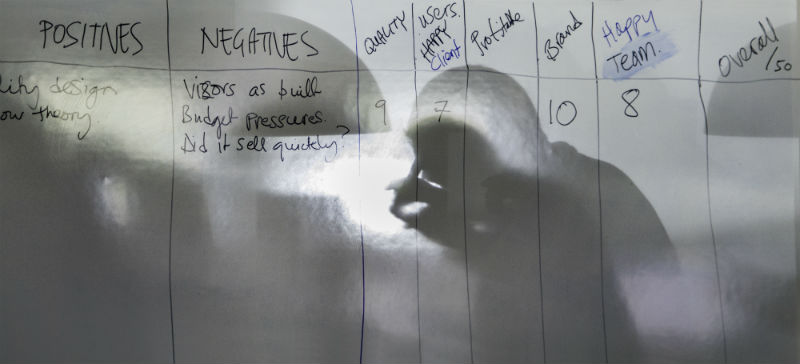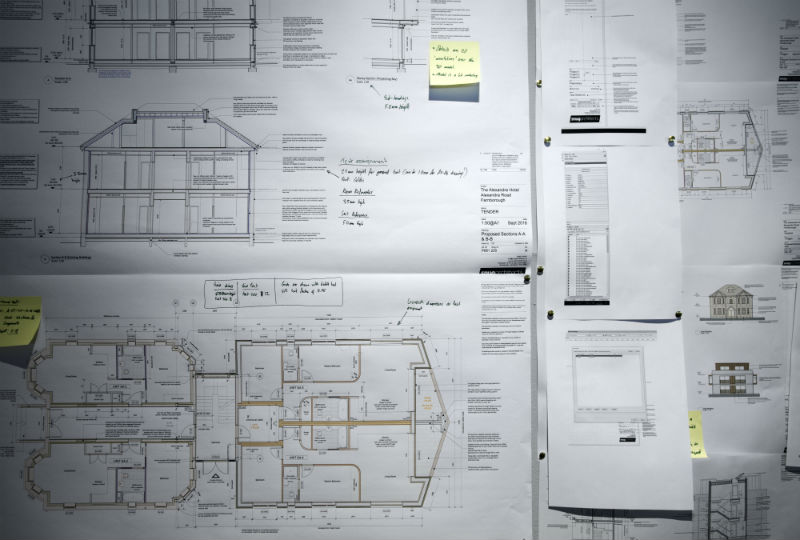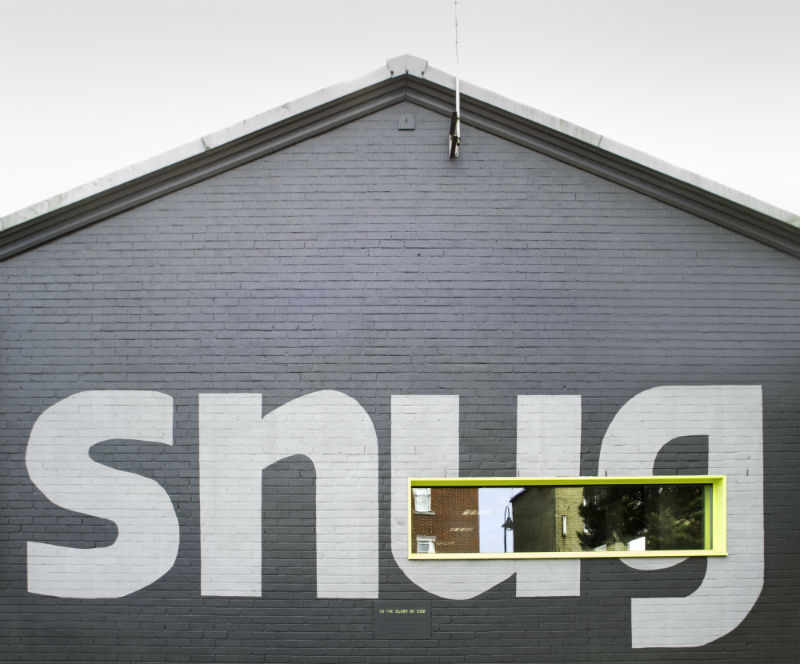Snug - Practice Role Model
Understanding clients’ priorities and adding value
We are there to serve our clients and act as a partner to them. Our relationships with our clients are absolutely symbiotic. If you were to boil down the perfect fee proposal it would be: ‘we will do our best to deliver, you will pay us fairly.’ That would be it.
Parts of the profession have a bad reputation for not always delivering value.
We don’t believe that clients exist to help further our portfolio: our primary aim is to understand their priorities so we know where we can add most value.
We want to challenge the belief that highbrow design is somehow always top of the food chain. If a client wants to turn a project around fast, let’s not iterate discussions endlessly. If they want it done to a budget, then let’s be creative and add value without blowing the budget. You’ve got to cut your cloth to fit the project and it is entirely possible to be both design-led and commercially savvy.

We design for all levels of the residential sector, from luxury retirement complexes through to working with a developer who converts office buildings into truly affordable accommodation. We believe in the fundamentals of doing work at this end of the spectrum because it provides housing that would otherwise be missing from the market. Our job is to make it as good as we possibly can and to meet all the necessary safety standards. We challenge the developer to get the maximum amount of daylight into the apartments and increase the flat sizes, while also ensuring they make a profit.

Laying the foundations for an enduring legacy and sharing values
Snug is the one thing that we’re all creating together. We want to lay foundations that enable it to have its own identity, its own life, and be a great project in itself. We need to lead and form the business but it will go on beyond us if we do it well.
Our way of working as directors is rooted in our Christian faith and our desire to behave in a way that aligns with our values. This has provided us with a clear sense of why we are in architecture, how it fits into our lives and our purpose. Everyone in the practice, to a greater or lesser extent, shares our values but they absolutely don’t have to share our faith.
It is about having integrity and a common understanding around how we commit to doing business together.

Culture takes shape in the everyday detail of how the practice works; in the tailoring of CPD sessions, in an efficient office system, in the way we remunerate our staff, or how we collaborate with clients. When we stepped back and looked at ourselves we were able to distill our values into this simple mantra: ‘Love where you live, realise potential, align value.’ We’re not saying it’s an aspiration, it is a boiled-down description of how we operate and it informs everything we do.
We are also committed to giving away 10% of our profits and we’re rigorous about that. When times are tougher it’s tempting to use that tithe to provide cash flow but that’s not going to happen. You don’t just set your principles aside when the pressure is on.
Creating a balanced life and charging appropriately
Architecture is a significant portion of our lives but it is not the primary pursuit of our lives.
We are not interested in being successful in architecture if it comes at the expense of quality time with our families. We moderate that balance all the time to make sure the equation is working. It is not always easy.

We are trying to achieve prosperous lives. That’s about helping our clients to prosper in what they’re doing but it’s also about making sure we are commercially sound so that our staff prosper too. That means being confident enough to set expectations and charge appropriately for what we do. We want to pay the team well and we want them to achieve great things while still being able to go home at a sensible hour, most of the time. Culturally we do not want a workplace where people are consistently pushing themselves too hard.
Being a Practice Role Model means taking risks and stimulating creative debate
That said, most practices will have peaks and troughs and we need to be imaginative about how we manage those. When we had a dip in workflow we did something that might seem counter-intuitive. We approached some of our competitors to see if they needed any extra assistance. It was humbling but the response was incredibly positive. It is an idea that has the potential to stabilise all our work flows and interrupt the negative cycle of hiring and redundancies. In the end, we didn’t need to go down that road but the foundation for the conversation has been laid.
We’re more inclined to do a seemingly risky thing because we have an underlying confidence that it will work out in the end. We aren’t always sure how but we’re prepared to put our values on the line and have a go.
We don’t expect to be seen as a template to be copied but we’re keen to debate creative ideas, like sharing staff across practices. Stimulating those kinds of exploratory conversations will allow us to take steps forward as a profession.
Snug is one of nine Practice Role Models which represent our vision of what it means to be a successful RIBA Chartered Practice. Find out more about the Practice Role Model project and the other eight practices.







